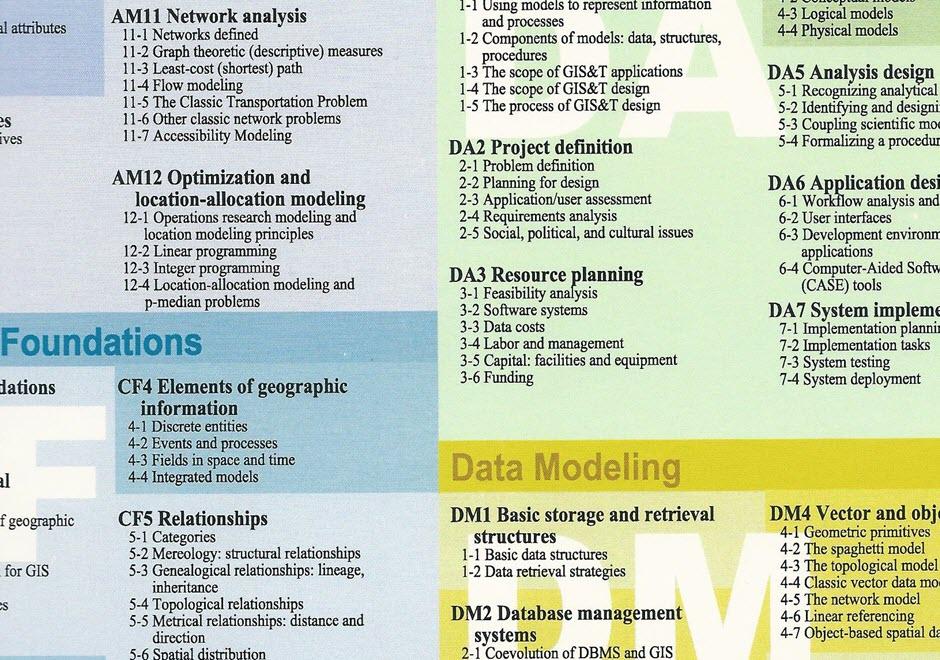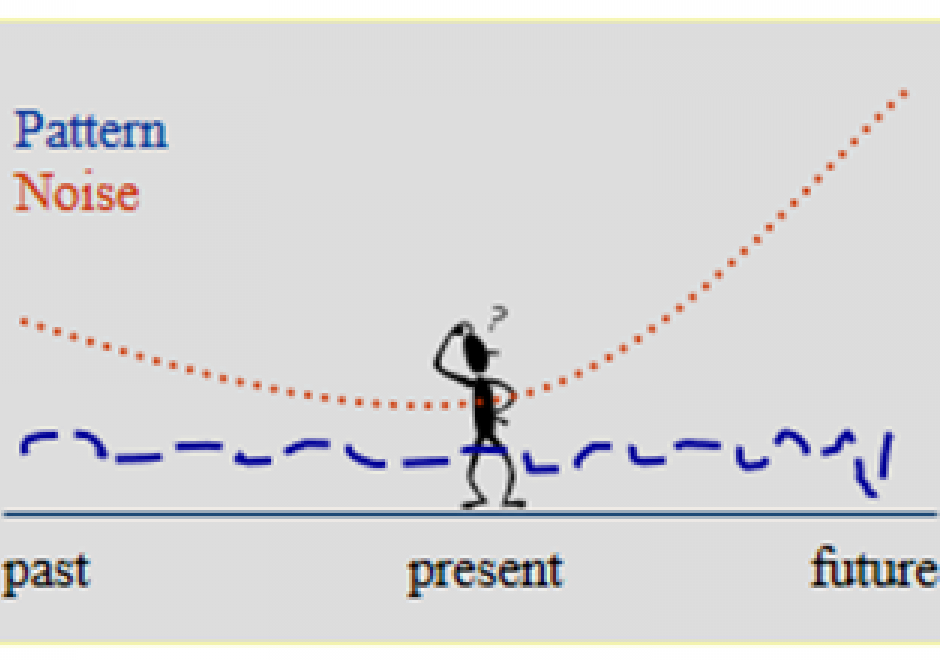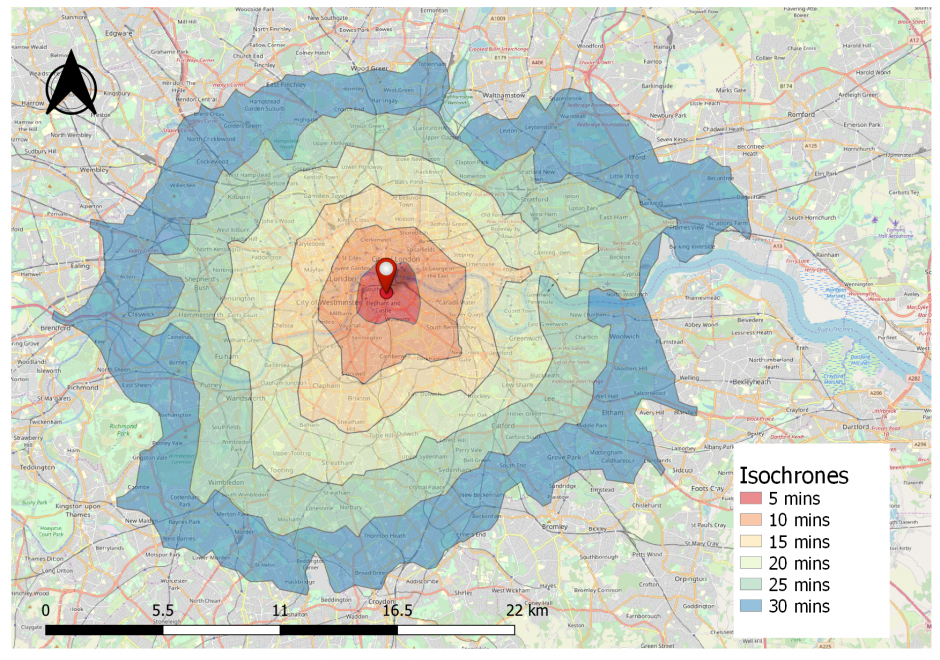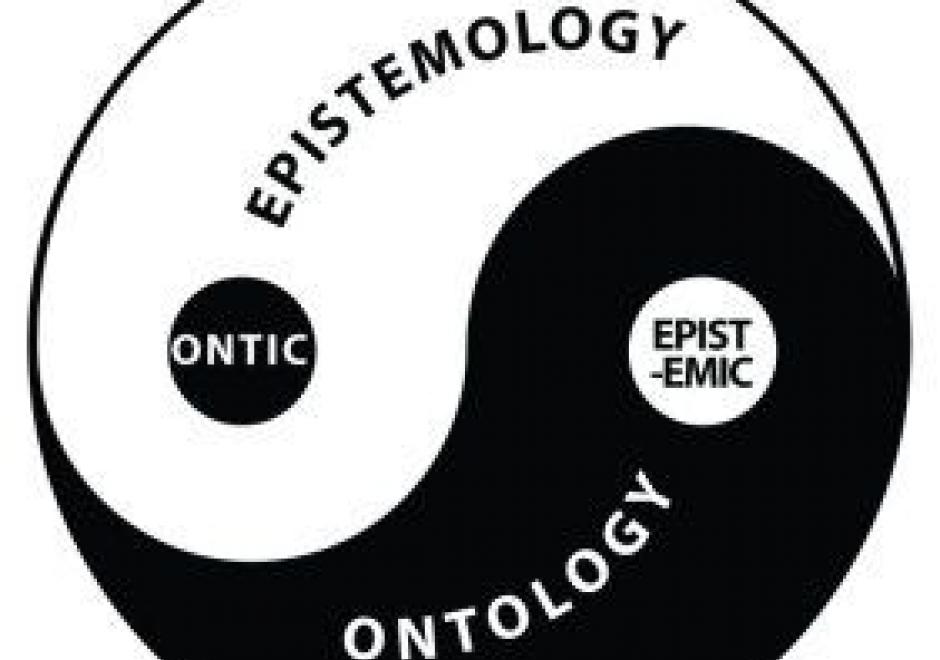FC-18 - Adjacency and connectivity

- List different ways connectivity can be determined in a raster and in a polygon dataset
- Explain the nine-intersection model for spatial relationships
- Demonstrate how adjacency and connectivity can be recorded in matrices
- Calculate various measures of adjacency in a polygon dataset
- Create a matrix describing the pattern of adjacency in a set of planar enforced polygons
- Describe real world applications where adjacency and connectivity are a critical component of analysis








FC-31 - Academic Developments of GIS&T in English-speaking Countries: a Partial History
The constellation of science and technology that is now considered a unit (Geographic Information Science and Technology – GIS&T) has emerged from many source disciplines through many divergent and convergent pasts in different times and places. This narrative limits itself to the perspective of the English-speaking community, leaving other regions for a separate chapter As in the case of many technical developments in the second half of the twentieth century, academic institutions played a key (though far from exclusive) role in innovation and risk-taking. In a number of locations, academic innovators tried out new technology for handling geographic information, beginning as early as the 1960s. Three institutions (University of Washington, Laboratory for Computer Graphics – Harvard University, and Experimental Cartography Unit – Royal College of Art (UK)) deserve particular treatment as examples of the early innovation process. Their innovations may look crude by current standards, but they laid some groundwork for later developments. Academic institutions played a key role in innovation over the past decades, but the positioning of that role has shifted as first government, then commercial sectors have taken the lead in certain aspects of GIS&T. Current pressures on the academic sector may act to reduce this role.